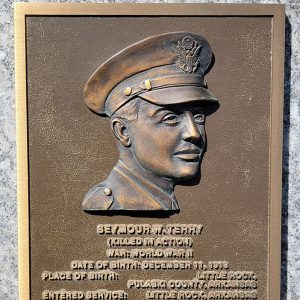 Seymour W. Terry Plaque
Seymour W. Terry Plaque
Race and Ethnicity: White - Starting with T
 Seymour W. Terry Plaque
Seymour W. Terry Plaque
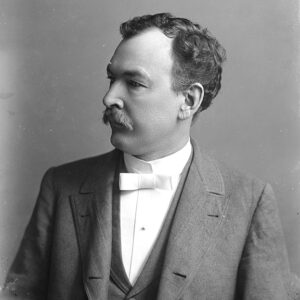 William L. Terry
William L. Terry
Terry, William Leake
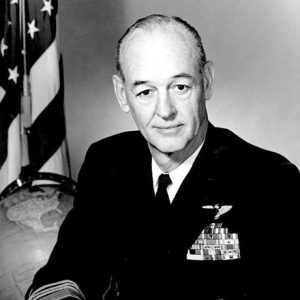 Jimmie Thach
Jimmie Thach
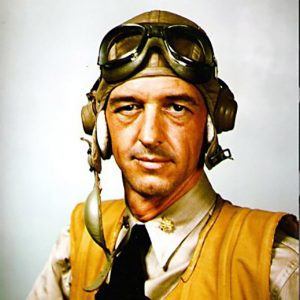 Jimmie Thach
Jimmie Thach
Thach, John Smith (Jimmie)
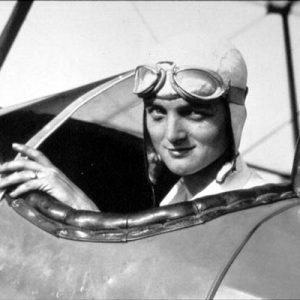 Louise Thaden
Louise Thaden
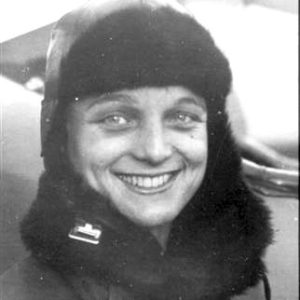 Louise Thaden
Louise Thaden
 Louise Thaden's Pilot License
Louise Thaden's Pilot License
Thaden, Louise McPhetridge
 Louise Thaden
Louise Thaden
Thalheimer, Richard
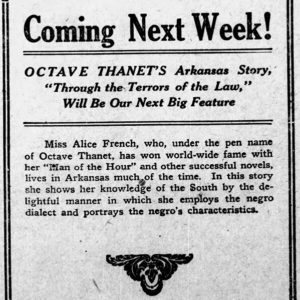 Thanet Ad
Thanet Ad
 Thanet Award
Thanet Award
Thanet, Octave
aka: Alice French
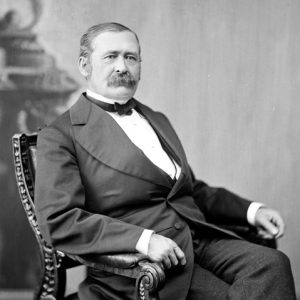 John Thayer
John Thayer
Thayer, John Milton
 The Ethical Journalist
The Ethical Journalist
 The Unsinkable Titanic Thompson
The Unsinkable Titanic Thompson
Thebom, Blanche
Thibault, David
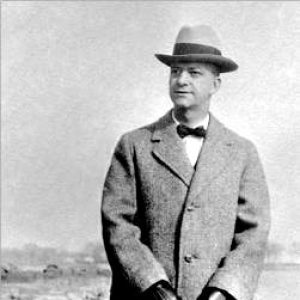 David Thibault
David Thibault
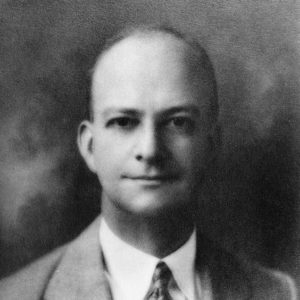 David Thibault
David Thibault
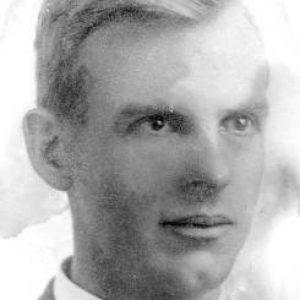 Henry Thibault
Henry Thibault
Third Arkansas Light Artillery (CS)
aka: Jackson Light Artillery
Third Confederate Infantry (CS)
Thirteenth Arkansas Infantry (CS)
Thirtieth Arkansas Infantry (CS)
aka: Rogan's Arkansas Cavalry (CS)
Thirty-Eighth Arkansas Infantry (CS)
Thirty-First Arkansas Infantry (CS)
Thirty-Fourth Arkansas Infantry (CS)
 Thirty-Fourth Arkansas Infantry Reunion
Thirty-Fourth Arkansas Infantry Reunion
Thirty-Second Arkansas Infantry (CS)
Thirty-Seventh (Bell’s) Arkansas Infantry (CS)
Thirty-Seventh Illinois Infantry
Thirty-Third Arkansas Infantry (CS)
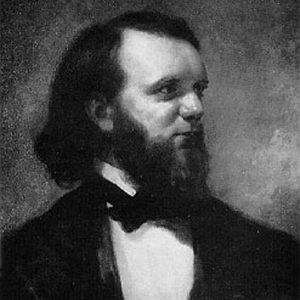 Thomas B. Thorpe
Thomas B. Thorpe
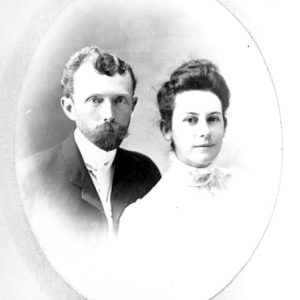 David Thomas and Wife
David Thomas and Wife
 David Thomas
David Thomas
Thomas, David Yancey
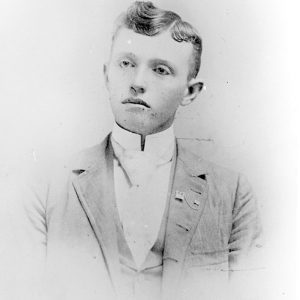 David Yancey Thomas
David Yancey Thomas
Thomas, Henry Andrew “Heck”
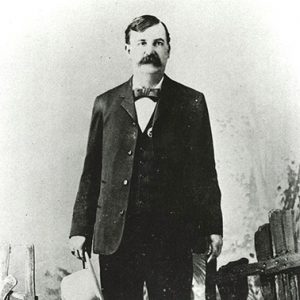 "Heck" Thomas
"Heck" Thomas
Thomas, John Orval
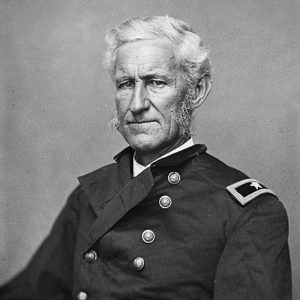 Lorenzo Thomas
Lorenzo Thomas
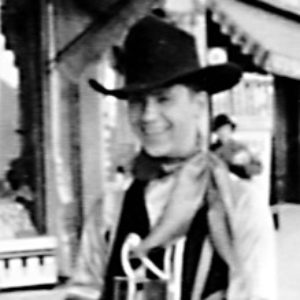 Orval Thomas
Orval Thomas
 Orval Thomas
Orval Thomas
Thomas, Ruth Harris
Thomas, William
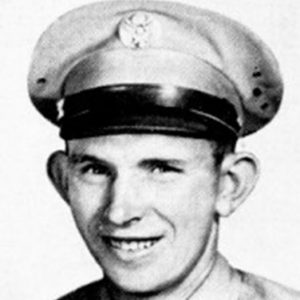 William Thomas
William Thomas




